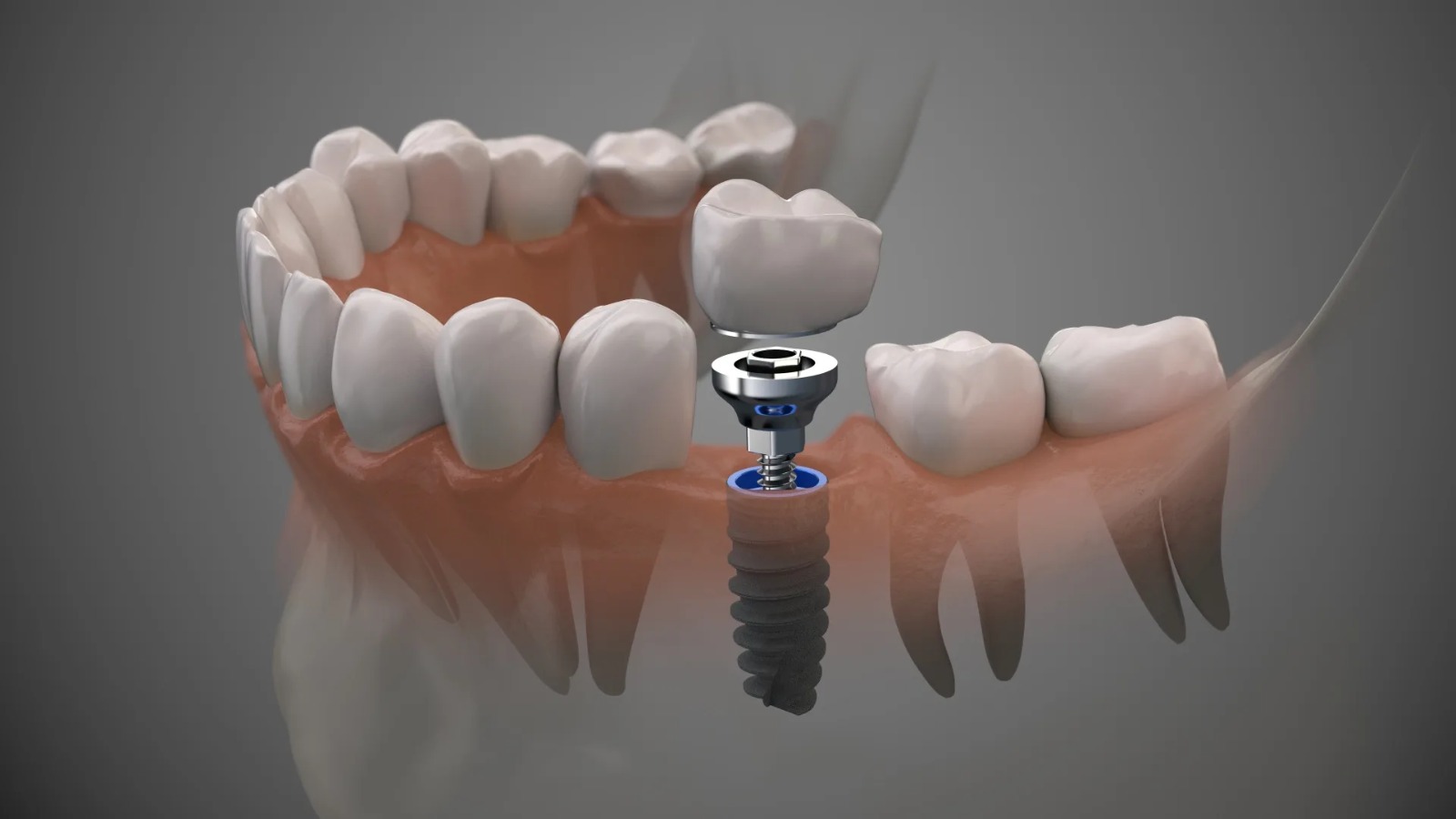
If you’ve been wondering about the process for dental implants, you’re not alone. Dental implants have transformed modern dentistry, offering a permanent, natural-looking solution for missing teeth. Whether you’ve lost a tooth due to injury, decay, or gum disease, this treatment not only restores function but also gives you back the confidence to smile without hesitation. In this guide, we’ll walk you through the dental implant journey from start to finish, so you know exactly what to expect.
Understanding the Process for Dental Implants
The process for dental implants is a carefully planned, multi-step treatment that replaces a missing tooth with an artificial root and crown. Unlike dentures or bridges, dental implants are surgically placed into the jawbone, creating a stable, long-term solution.
Step 1 – Initial Consultation and Treatment Planning
The journey begins with a detailed dental consultation. Your dentist will examine your mouth, take X-rays or 3D scans, assess your jawbone density, and discuss your oral health goals. This stage is crucial because a successful outcome depends on proper planning. Your dentist will create a personalized treatment plan, ensuring every detail is tailored to your needs.
Step 2 – Preparing for Dental Implant Surgery
Before the actual dental implant surgery, your mouth must be healthy and ready. This could include treating gum disease, extracting damaged teeth, or performing bone grafting if the jawbone volume is insufficient. Bone grafting strengthens the jawbone, giving the implant a solid foundation. Skipping this step could compromise the success of the procedure.
Step 3 – Dental Implant Placement
This is the core step of the process for dental implants. The dentist or oral surgeon will numb the area with local anesthesia (or offer sedation if required), make a small incision in the gum to expose the bone, place a titanium implant post into the jawbone, and then close the gum tissue over the implant.
Titanium is used because it fuses naturally with bone — a process called osseointegration. This healing stage can take several months, allowing the implant to become as strong as a natural tooth root.
Step 4 – Healing and Abutment Placement
Once the implant has fully integrated with the jawbone, the next step is placing the abutment — a small connector that attaches the implant to the final crown. This is a minor procedure that requires only a short healing period before the crown is added.
Step 5 – Final Crown Placement
The last phase of the dental implant procedure is the placement of the dental crown. This crown is custom-made to match the shape, size, and color of your natural teeth, ensuring a flawless appearance. At this point, your tooth replacement is complete, and your smile is restored to its full beauty and function.
Aftercare and Long-Term Maintenance
Dental implants are durable and long-lasting, but proper care is essential. Maintain good oral hygiene, schedule regular dental check-ups, and avoid habits like smoking or chewing hard objects.
Some of the key benefits of following the right process for dental implants include:
- Restored chewing ability
- A natural look and feel
- Prevention of bone loss
- Long-lasting results with proper care
Why Choose Dental Implants Over Other Options?
Unlike removable dentures or traditional bridges, dental implants do not require altering adjacent teeth, are fixed in place, feel natural, and support jawbone health. With the right maintenance, they can last for decades, making the process for dental implants one of the most rewarding investments in oral health.
Conclusion
The process for dental implants may take several months from start to finish, but the results are worth the wait. From restoring function to boosting self-confidence, dental implants can truly transform your smile and your life.
If you’re considering implant dentistry, consult an experienced dental professional who specializes in tooth replacement and dental restoration. Your new, confident smile is just a few steps away.

